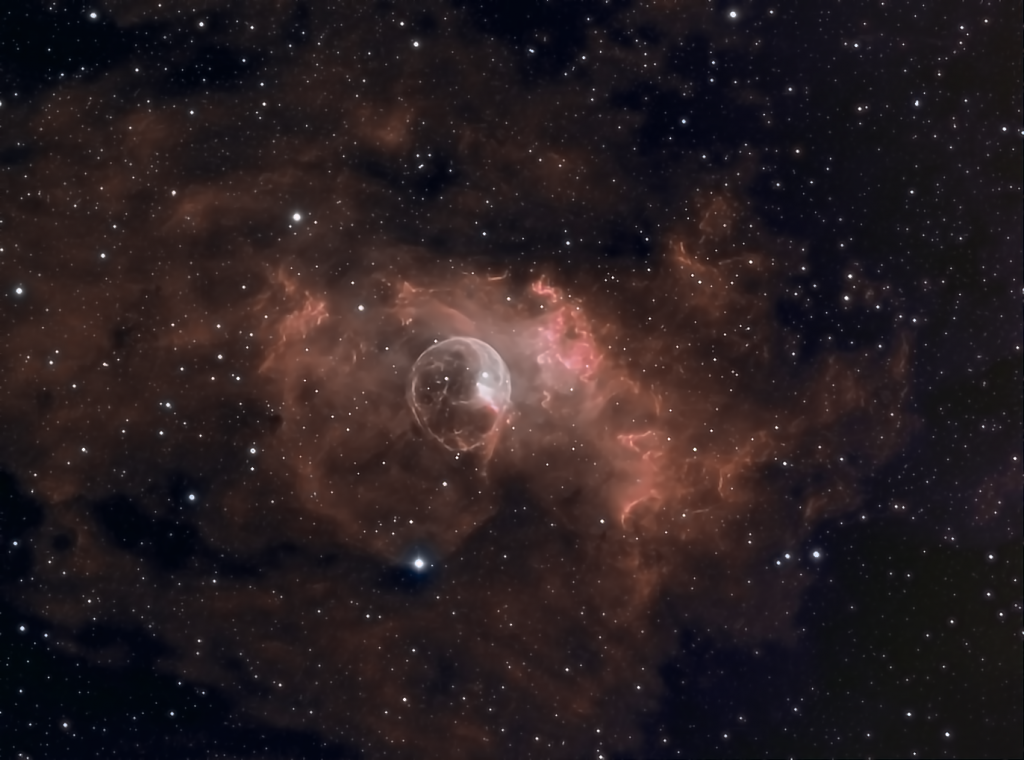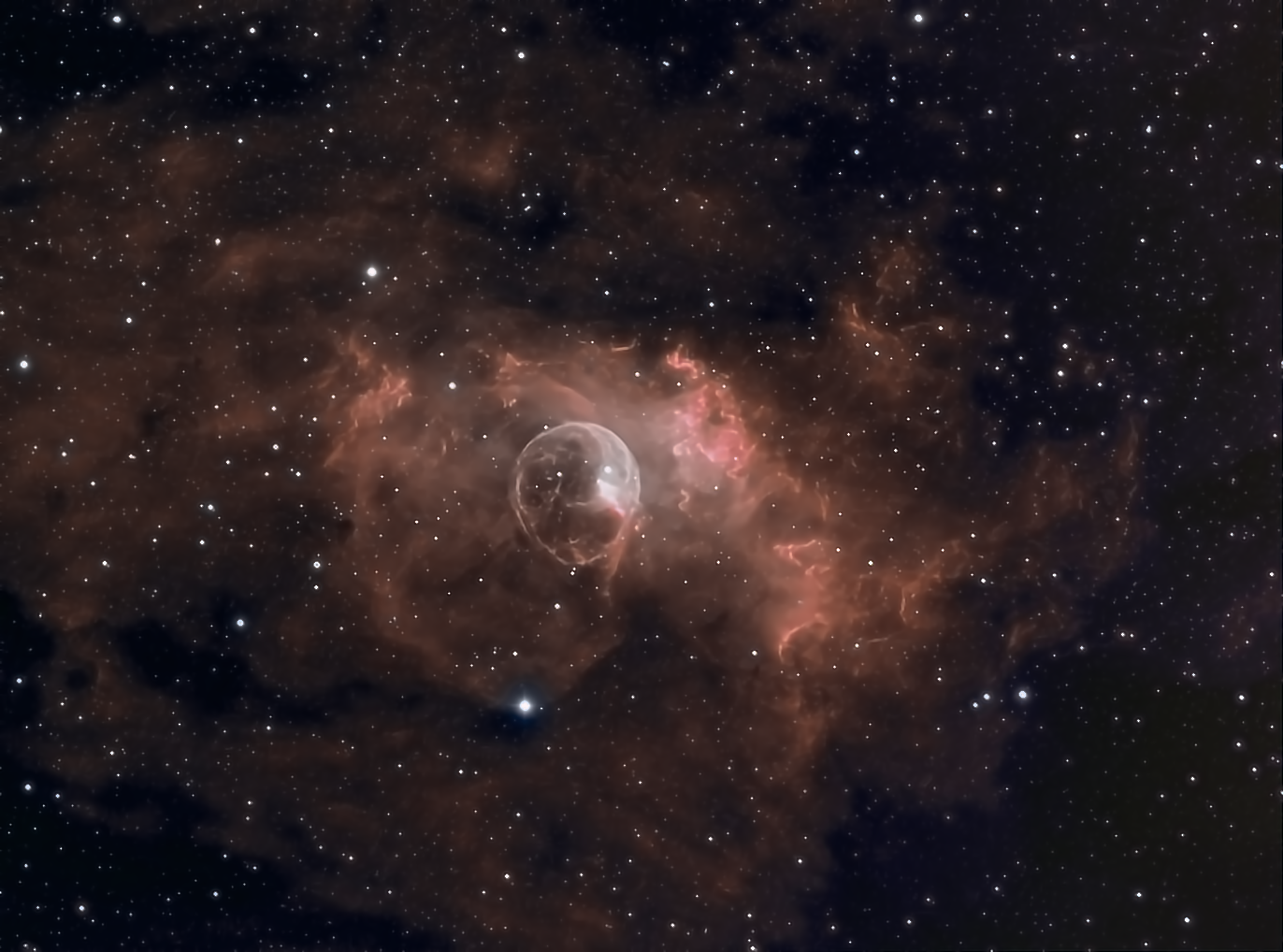
Similar Posts
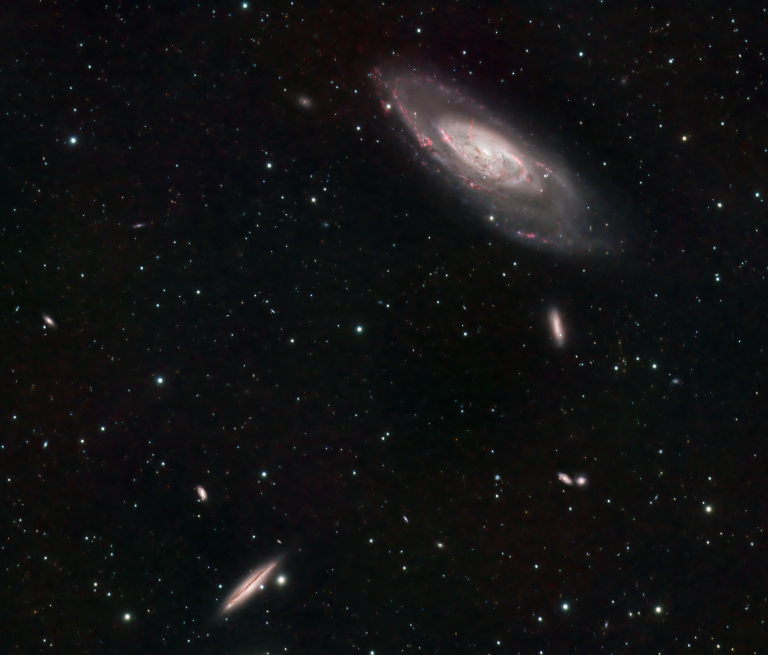
M106 and some of its buddies
The galaxy M106 is an interesting one; it’s large and relatively bright – about the same size as Andromeda. And it’s in a busy part of the sky, within Canes Venatici, with lots of galactic neighbors. This image has been enhanced with Hydrogen emission data; that’s what the red dots and tendrils are. There’s one…
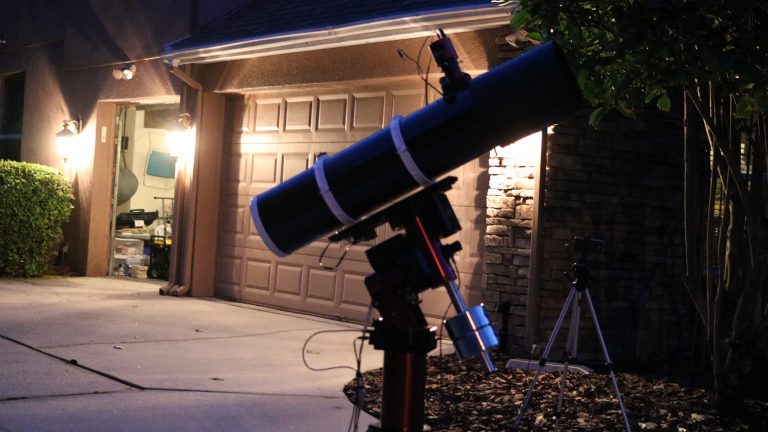
Boldly Going Webcast: Behind the Scenes
If you’re a fellow amateur astronomer, you might be curious as to how our “live star parties” on our Boldly Going YouTube Channel are produced. The more people doing this, the better! Here’s how it all works behind the scenes, which might give you some ideas on how to produce your own show. The Heart…
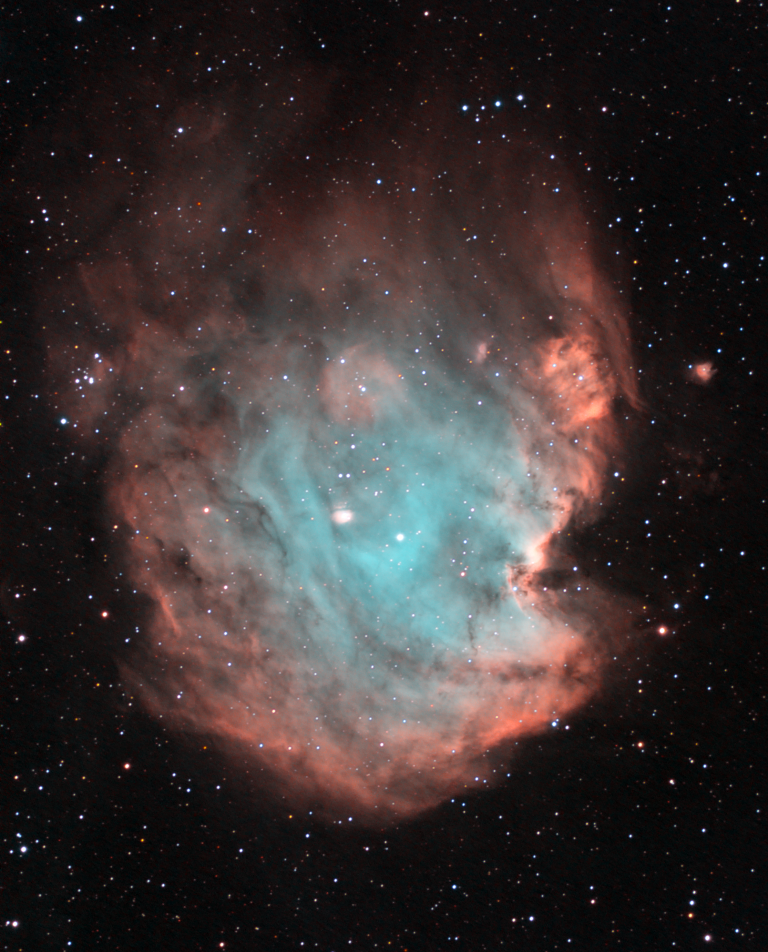
The Monkey Head Nebula
The Monkey Head Nebula is located about 6400 light-years away, in the constellation Orion. It’s a gorgeous cloud of gas surrounding a cluster of young stars. I processed this data a couple of different ways; one using the “Hubble palette” and another using my own color scheme. The colors represent different kinds of ionized gases:…
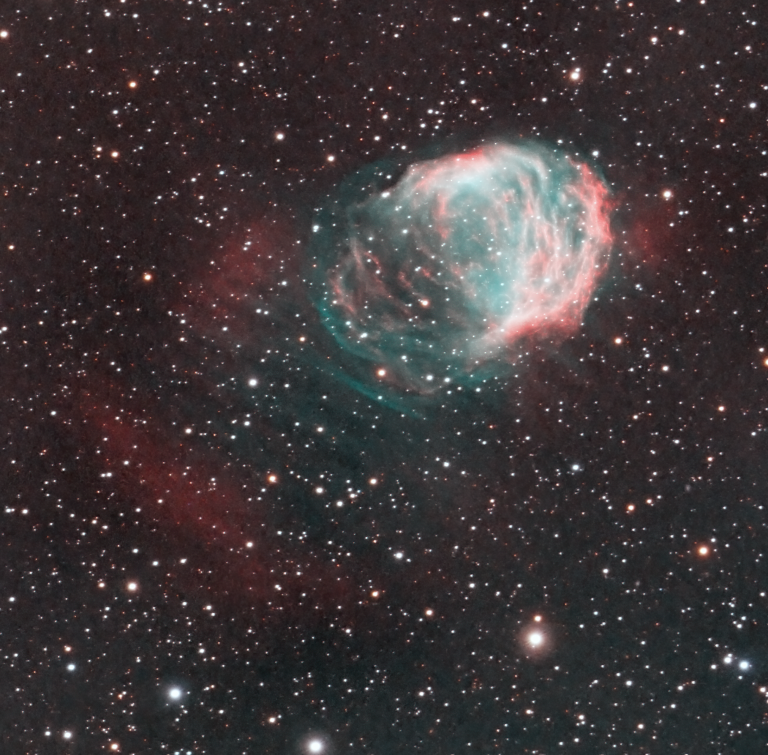
The Medusa Nebula
This is planetary nebula PK205+14.1, but its common name “The Medusa Nebula” rolls off the tongue a little better. About 1500 light-years away within the constellation Gemini, you’re seeing the gas blown off by a small star that ran out of fuel, and blew up into a red giant – later to end its life…
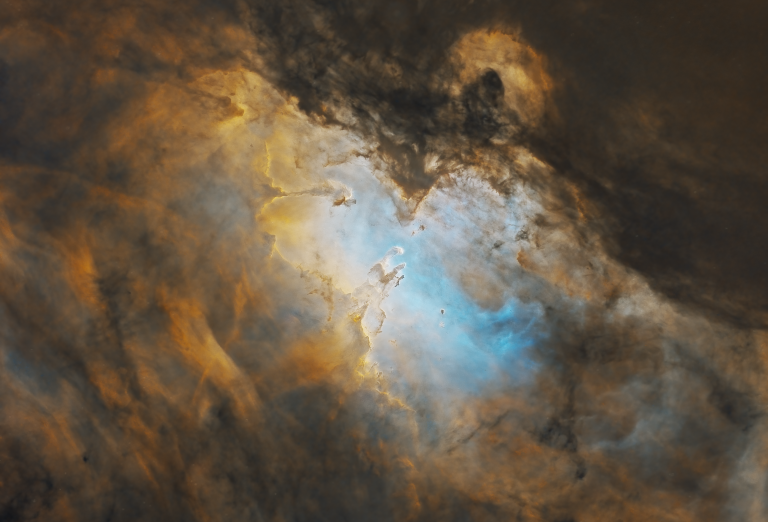
The Eagle Nebula – sans stars
This image was something of a happy accident – I spent a night capturing narrowband data on M16, the Eagle Nebula (home of the famous “pillars of creation”.) Of course I had to try reproducing the iconic Hubble image as best I could, but the color palette they use results in big, ugly, magenta-colored stars….
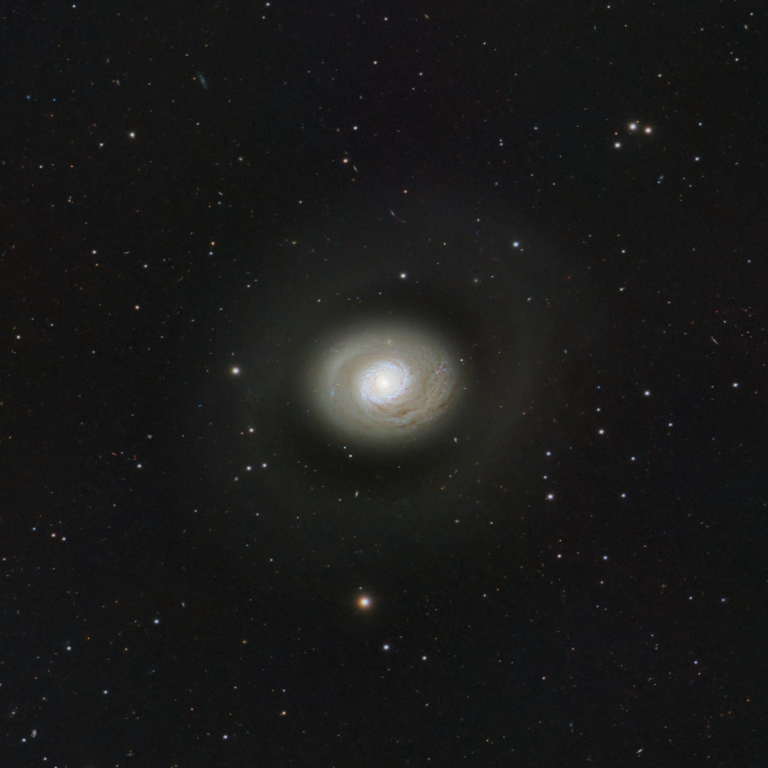
M94 / The “Cat’s Eye Galaxy”
Sometimes called the “Cat’s Eye Galaxy,” this is M94 – about 16 million light years away in the constellation Canes Venatici. You can barely see its faint outer ring surrounding it here, as well as several very distant background galaxies. It’s notable for challenging our understanding of the universe – it appears to have very…

